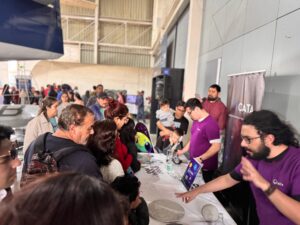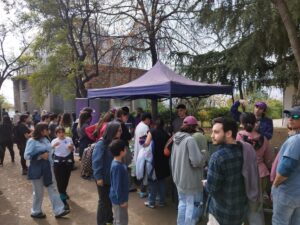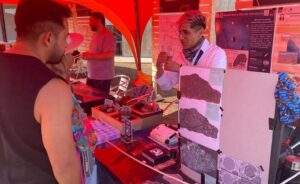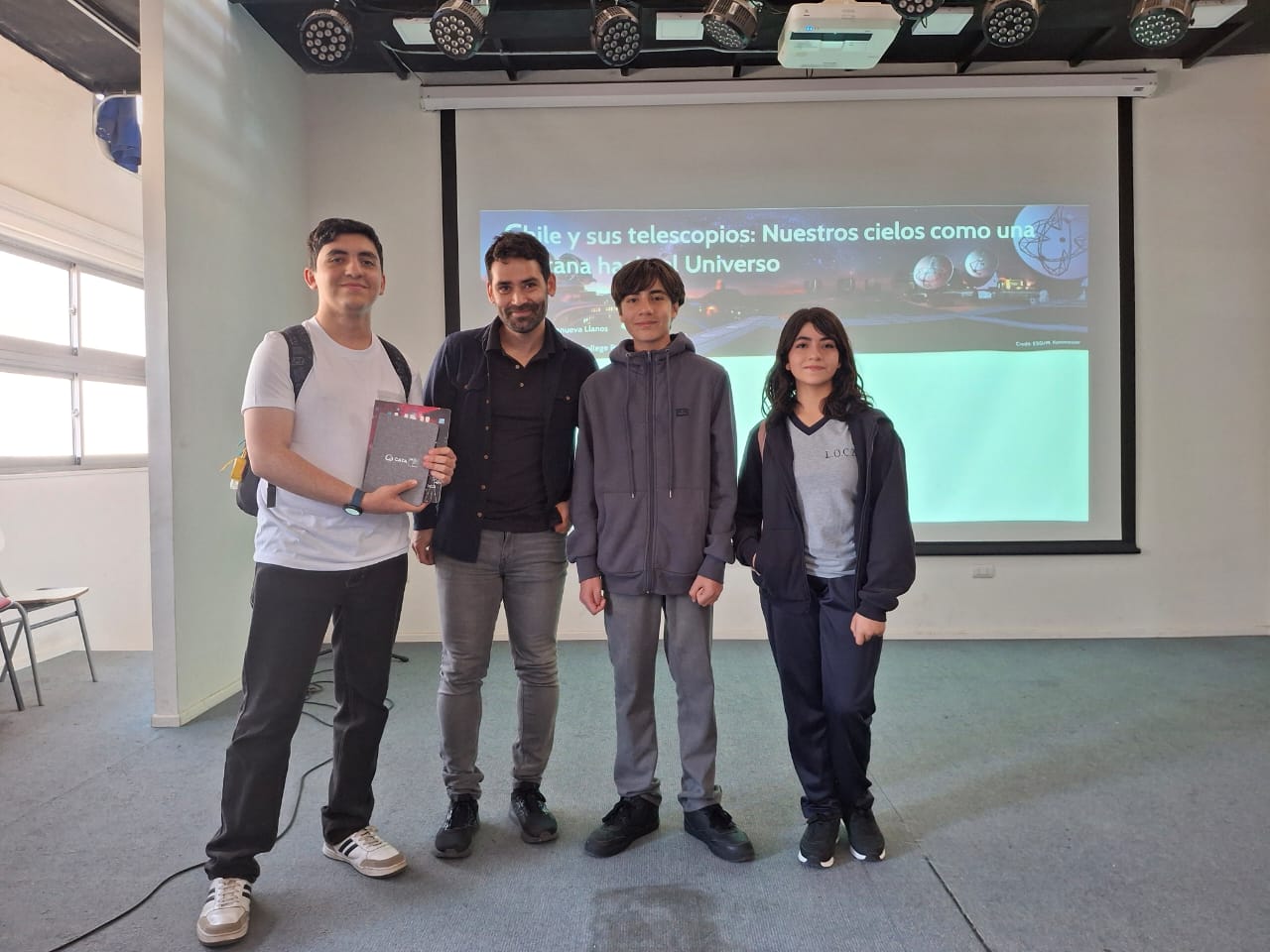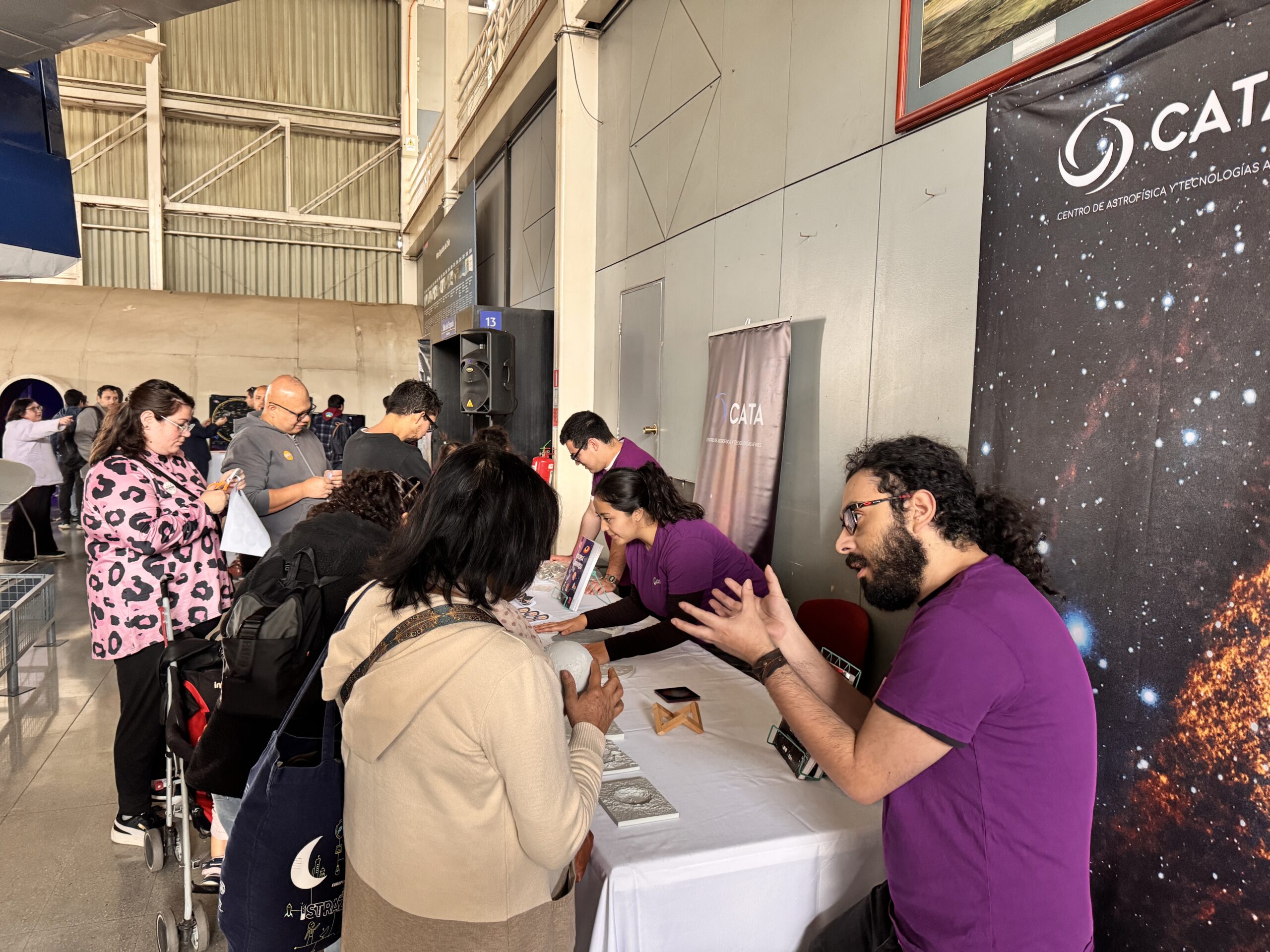
CATA celebrated Heritage Day
This weekend saw a new celebration of Heritage Day, where the Center for Astrophysics and Related Technologies (CATA) celebrated with activities in various parts of the country.
This Saturday, May 24 and Sunday, May 25, Chile experienced a new edition of Heritage Day, an initiative promoted by the Ministry of Cultures, Arts and Heritage. In this framework, the Center for Astrophysics and Related Technologies (CATA) participated with free activities open to the public at various points throughout the country, the main focus being the Metropolitan Region with activities at the National Aeronautical and Space Museum in Cerrillos, and the National Astronomical Observatory in Cerro Calán.
At the Aeronautical Museum of the Directorate General of Civil Aeronautics (DGAC), CATA was part of a special free access day that sought to bring scientific knowledge and aerospace history closer to the community.
One of the main activities on Sunday was the talk “Women who reached for the stars: pioneers of space exploration”, given by Tracy Catalán, astronomer and Outreach Analyst at the Center. Her presentation made visible key figures such as Katherine Johnson, Valentina Tereshkova and Margaret Hamilton, pioneers who, from different fields, contributed to the development of space exploration. The event offered a critical look at the role of women in science and the structural challenges they had to face to achieve recognition.
“We participated in the Heritage Day at the Aeronautical Museum, where aeronautics and astronomy in Chile were highlighted. In that context, this talk was held to highlight the name of women with very important contributions and their legacy in astronomical science. Highlighting the role of women in all space sciences and their contributions is very important because as Chileans we are closely linked to our sky itself, which is a heritage”, said the astronomer.
In addition, the public was able to interact with the CATA stand, which presented different activities, including an interactive experience that included a large-scale inflatable moon, virtual reality 3D viewers, 3D reproductions of the natural satellite, a lunar puzzle, a badge-making machine and iconic elements such as the “spider” panel with the image of the Helix nebula, together with the “Alien” and “Astronaut” scale figures. Sunday’s event was well attended, with more than 2,000 people in attendance.
At the same time, that same Sunday from 10:00 am, the National Astronomical Observatory in Cerro Calán opened its doors with an agenda full of science and culture, where attendees learned about the technologies being developed for industry and society. In this space, the Center for Astrophysics and Related Technologies (CATA) replicated its stand, bringing the universe closer through interactive experiences for the whole family. The activity, which was attended by more than 8,500 people, also included scientific talks in different areas of the venue, solar telescopes, immersive experiences and visits to the “Conciencia” mobile laboratory.
CATA researchers on Heritage Day
CATA astronomers and researchers also participated in the Heritage Day in different parts of the country. Among them, Diego Mardones and César Fuentes, researchers associated to our Center and academics of the Universidad de Chile, gave presentations on astronomy in the auditorium of the Department of Astronomy of the University of Chile (DAS) and outside the National Astronomical Observatory, as part of the celebration “Astronomy of the Heritage”. On this occasion, César Fuentes presented his talk “Journeys through the Solar System”, aimed at the general public at Cerro Calán.
On the other hand, in Antofagasta, the Associate Researcher and academic of the Universidad Católica del Norte, Millarca Valenzuela, participated with a meteorite stand together with the Ruinas de Huenchaca Foundation. Meanwhile, in Concepción, the astronomer and associate researcher, Rodrigo Herrera-Camus, presented his talk “Treasures of the Southern Sky”, for the general public at the Tumbes Park, in the Talcahuano district.
Finally, Research Adjunct, Chiara Mazzucchelli, was also present at the Aeronautical Museum, presenting her talk “Interrupted skies: the impact of megaconstellations on astronomy”.
CATA thanks the entire community that was part of this great national heritage celebration, valuing the astronomical knowledge and capabilities that Chile has to offer in this field.
Recent news
-
 Publicado el: 15/11/2025Leonids meteor shower 2025: What are they, when will they be visible from Chile, and what can we learn from them?
Publicado el: 15/11/2025Leonids meteor shower 2025: What are they, when will they be visible from Chile, and what can we learn from them? -
 Publicado el: 13/11/2025CATA researcher strengthens international ties during visit to the Center for Astrobiology in Madrid
Publicado el: 13/11/2025CATA researcher strengthens international ties during visit to the Center for Astrobiology in Madrid -
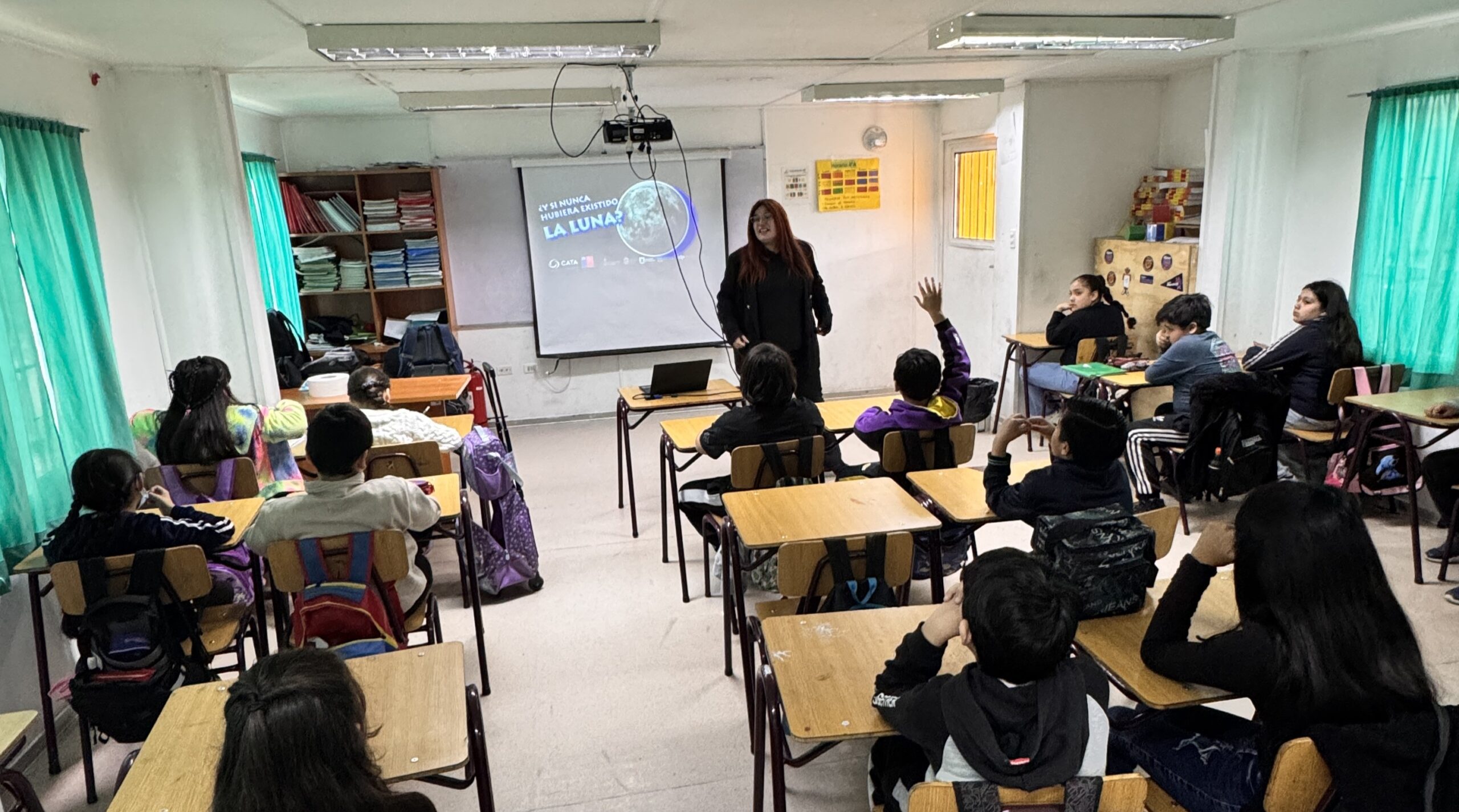 Publicado el: 12/11/2025Fourth graders learned what would happen if the Moon did not exist
Publicado el: 12/11/2025Fourth graders learned what would happen if the Moon did not exist -
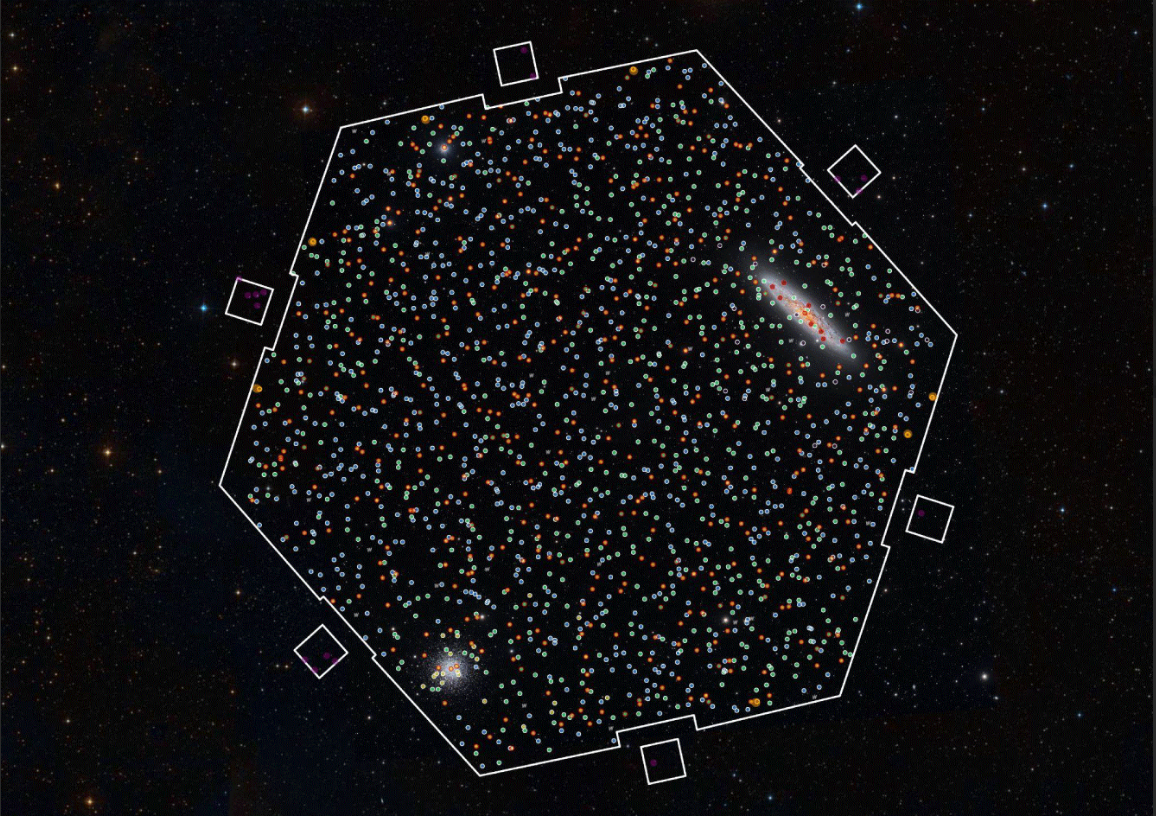 Publicado el: 29/10/2025Chile celebrates the first light of 4MOST: two major projects involving CATA astronomers begin to explore the Universe
Publicado el: 29/10/2025Chile celebrates the first light of 4MOST: two major projects involving CATA astronomers begin to explore the Universe -
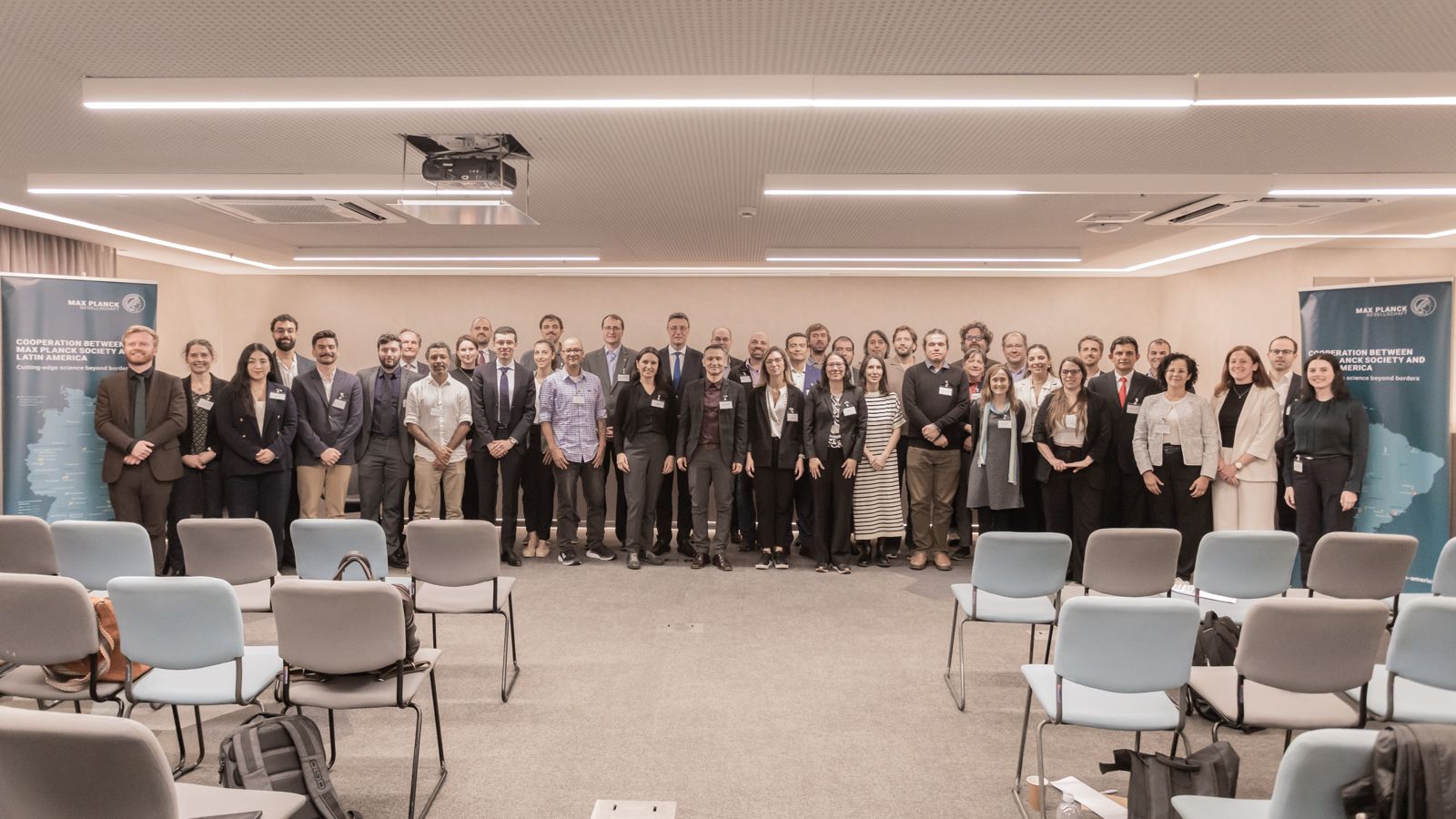 Publicado el: 24/10/2025CATA researcher participated in Max Planck regional meeting in Brazil
Publicado el: 24/10/2025CATA researcher participated in Max Planck regional meeting in Brazil
Categories list
- Acknowledgments 21
- Astrobiology 6
- AstroCluster 1
- Black holes 18
- Corporativo 57
- Cosmology 5
- Descubrimientos 22
- Disclosure 71
- Exoplanets 13
- Extension 4
- Galaxies 21
- Galaxies formation 5
- Inter y Transdisciplina 4
- Local Universe 16
- Publications 6
- Sin categorizar 34
- Solar System 21
- Stellar formation 8
- Technology 14
- Technology Transfer 16
